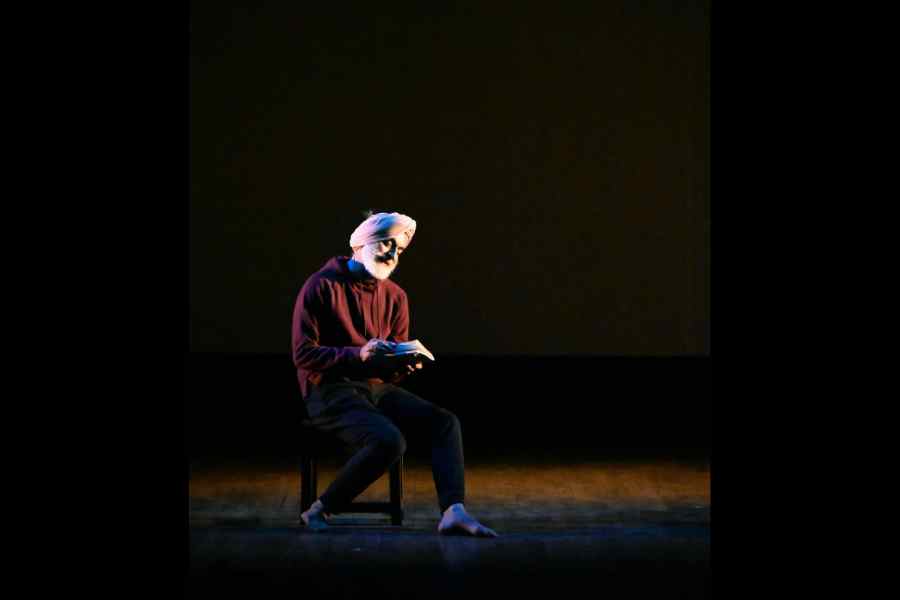A priestess prays to a dead sun god in front of a fallen Greek temple. If the sky is clear, a flame spurts that will burn in Paris throughout the world’s top sporting event. Speeches ensue.
On Tuesday, the flame for this summer’s Paris Olympics was lit at the birthplace of the ancient Olympic Games in southern Greece in a meticulously choreographed ceremony.
It will then be carried through Greece for more than 5,000 km before being handed over to French organizers at the Athens venue used for the first modern Olympics in 1896.
Here’s a look at the workings and meaning of the elaborate ceremony held among the ruins of Ancient Olympia ahead of each modern Olympiad.
The tradition
The pageantry at Olympia has been an essential part of every Olympics for nearly 90 years since the Games in Berlin. It’s meant to provide a link between the modern event and the ancient Greek original on which it was initially modelled.
Once it is carried by any means imaginable to the host city — it’s been beamed down by satellite, lugged up Mount Everest and towed underwater — the flame kindles a cauldron that burns in the host Olympic stadium.
How is it lit?
An actor playing an ancient Greek priestess holds a silver torch containing highly combustible materials over a concave mirror. The sun’s rays bounce off every inch of the burnished metal half-globe and come together at one extremely hot point, which ignites the torch.
This happens inside the archaeological site at Olympia, before the ancient temple of Hera — wife of Zeus, king of the Greek gods, whose own ruined temple lies close by.
The flame is eventually used to light the first runner’s torch — champagne-colored this year for France — and a long relay through Greece leads to the April 26 handover at the Panathenaic stadium in Athens.
Flames and sandals make for an impressive spectacle, and while the priestess’ largely tongue-in-cheek prayer to Apollo might not be answered, the parabolic mirror works well. The idea was the result of Greek-German cooperation ahead of the 1936 Olympics in Nazi Germany, which were heavy on fanfare — and swastikas. .
Ancient vs modern
Was there a torch ceremony in the ancient games? No. But then modern athletes don’t compete naked, or, when victorious, receive olive wreaths and the right to a marble statue in their name — and, for three-times winners, in their actual likeness.
Also, there’s no brief cessation of warfare to allow the modern games to go ahead, women not only attend but compete as well, and rich sponsors — or heads of state — don’t reap the glory for their chariot teams’ wins. According to ancient Greek tradition, the games of antiquity, held every four years in honor of Zeus, started in 776 B.C.
Backup plan
Rain or heavy cloud cover may spoil the show. Then the mirror wouldn’t work. But ceremony organizers in Olympia hold several rehearsals in the days leading up to the official lighting, which provide a backup flame should the big day prove sunless.
Potential protests are a worse headache. Twice this century — during the lighting ceremonies for the Beijing Summer and Winter Games — human-rights activists disrupted the ceremony inside the heavily guarded archaeological site. Even after the embarrassment of the first incident in 2008, Greek police were unable to anticipate and prevent the second, 14 years later.










